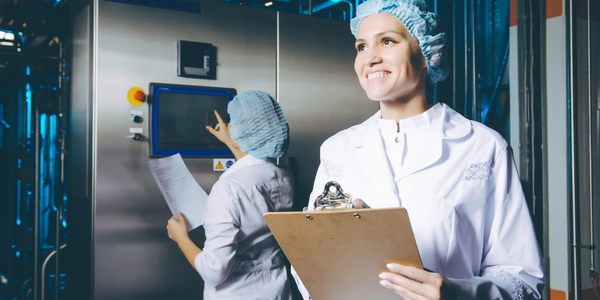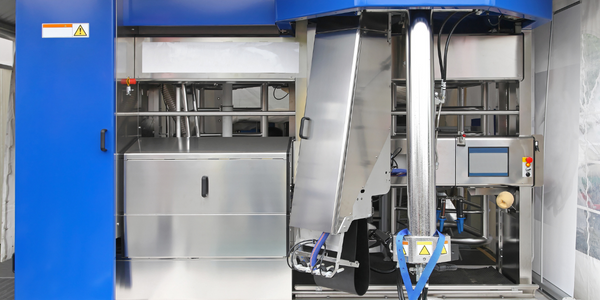Technology Category
- Functional Applications - Inventory Management Systems
- Platform as a Service (PaaS) - Application Development Platforms
Applicable Industries
- Agriculture
- Education
Applicable Functions
- Procurement
- Warehouse & Inventory Management
Use Cases
- Demand Planning & Forecasting
- Inventory Management
Services
- System Integration
- Training
About The Customer
The customer is one of the largest family-owned companies in the world that provides farmers with essentials for the world to thrive. The company markets and distributes products to the agricultural industry, including crop seed, animal feed, specialty chemicals, and ingredients. With 350 branches, the company has a significant presence in the agricultural industry. However, the company was facing challenges with inventory management due to inaccurate forecasting, leading to high costs and an aging inventory. The company's decision-making processes were disconnected due to multiple data sources, disconnected analyses, and an immature planning system.
The Challenge
One of the world's largest family-owned agricultural companies, with 350 branches, was grappling with inventory issues due to inaccurate forecasting. This resulted in high costs and an aging inventory. The company had to place product orders, such as crop seeds, a year in advance for each season. However, the forecasting was poorly done due to reliance on lagging indicators to predict demand, leading to a large write-off of seasonal inventory. Additionally, the company was unable to control total inventory costs due to poor planning and sub-par scenario modeling. The company also lacked planning knowledge, with key decision-making processes being disconnected due to multiple sources of data, disconnected analyses, and an immature planning system.
The Solution
The company partnered with o9 to implement automated forecasting on products with high and low variability using Machine Learning and statistical modeling. The forecast for high variability products used active forecasting to ensure quicker responses to market changes. The company also used o9 to perform capacity optimization planning for warehousing and logistics to help minimize their total inventory costs and improve scenario modeling accuracy. This included automated replenishment and procurement forecasting, which fed back into the ERP system to assist with auto PO creation. Furthermore, o9 helped the company mature its planning capabilities and expertise through training and a single integrated platform to connect functions and running processes. The company used the o9 Enterprise Knowledge Graph to build market, demand, and supply-knowledge models, enabling them to run all key planning processes for all product lines and countries, across all time horizons in a single integrated platform.
Operational Impact
Quantitative Benefit

Case Study missing?
Start adding your own!
Register with your work email and create a new case study profile for your business.
Related Case Studies.
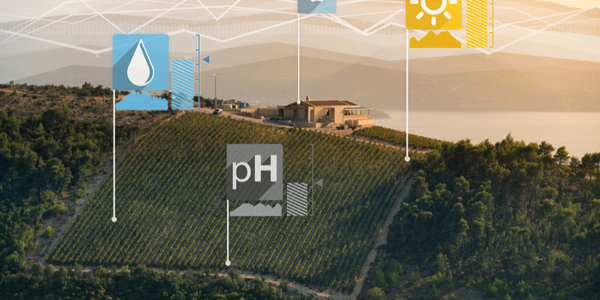
Case Study
Intelligent Farming with ThingWorx Analytics
Z Farms was facing three challenges: costly irrigation systems with water as a limited resource, narrow optimal ranges of soil moisture for growth with difficult maintenance and farm operators could not simply turn on irrigation systems like a faucet.
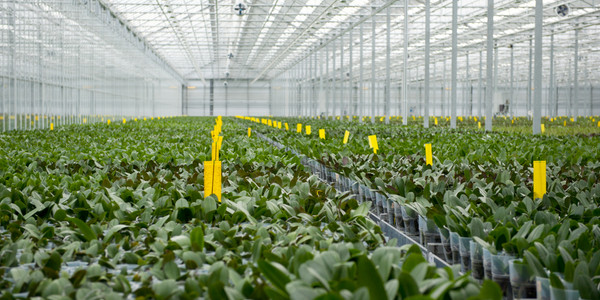
Case Study
Greenhouse Intelligent Monitoring and Control Solution
Farming Orchids is the most successful form of precision farming in Taiwan, and also the most exported flower. Orchids need a specific temperature and humidity conditions to grow and bloom, and its flowering time may not be in line with market demands, so the price collapses when there is overproduction. Therefore, some farmers began to import automated greenhouse control systems for breeding and forcing, which not only improves quality, but also effectively controls the production period and yield to ensure revenue. In 2012, an orchid farmer built a Forcing Greenhouse of about 200 pings (approximately 661 Square Meters) in Tainan, Taiwan. The system integrator adopted Advantech’s APAX-5000 series programmable automation controllers to build the control platform, coupled with Advantech WebAccess HMI/SCADA software, to achieve cloud monitoring. The staff of the orchid field can monitor important data anytime via smart phone, iPad, and other handheld devices, and control the growth and flowering conditions. System requirements: In the past, most environmental control systems of orchid greenhouses in Taiwan used PLCs (Programmable Logic Controller) with poorscalability and control, and could not be connected to the Internet formonitoring from the cloud. For advanced database analysis and networking capability, the PC platform must be adopted. Therefore, PAC Systems (Programmable Automation Controller) with both PLC programming capabilities andPC functions is a better choice.The environmental control of the Orchid greenhouse switches on and off devices like fan, shade net, cooling/heat pump, liquid flow control, water-cooling wall etc. It is controlled by a control panel of electric controllers, and is driven by a motor, to adjust the greenhouse temperature, humidity, and other environmental conditions to the set parameters.
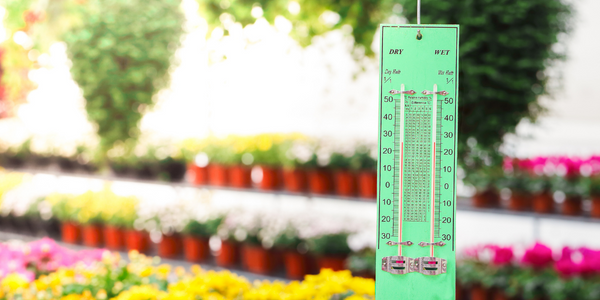
Case Study
Precision beekeeping with wireless temperature monitoring
Honeybees are insects of large economic value and provide a vital service to agriculture by pollinating a variety of crops. In addition, bees provide us with valuable products such as honey, beeswax, propolis, bee venom, etc. Monitoring of honeybee colony health, population, productivity, and environmental conditions affecting the colony health have always been exceedingly difficult tasks in apiculture. Research has shown that even small deviations (by more than 2°C) from the optimal temperatures have a significant influence on the development of the brood and the health of adult bees.
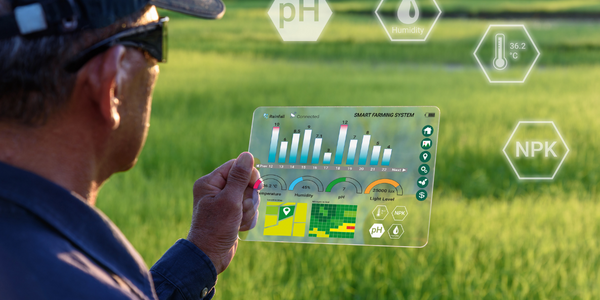
Case Study
Enabling Internet of Things Innovation in Agriculture
DigiBale, wanted to apply technology know-how and IP from implementations successfully to more agriculture sectors including cotton, forestry, sugarcane and cattle. However, farmers and growers still have worries about the connected technology.







